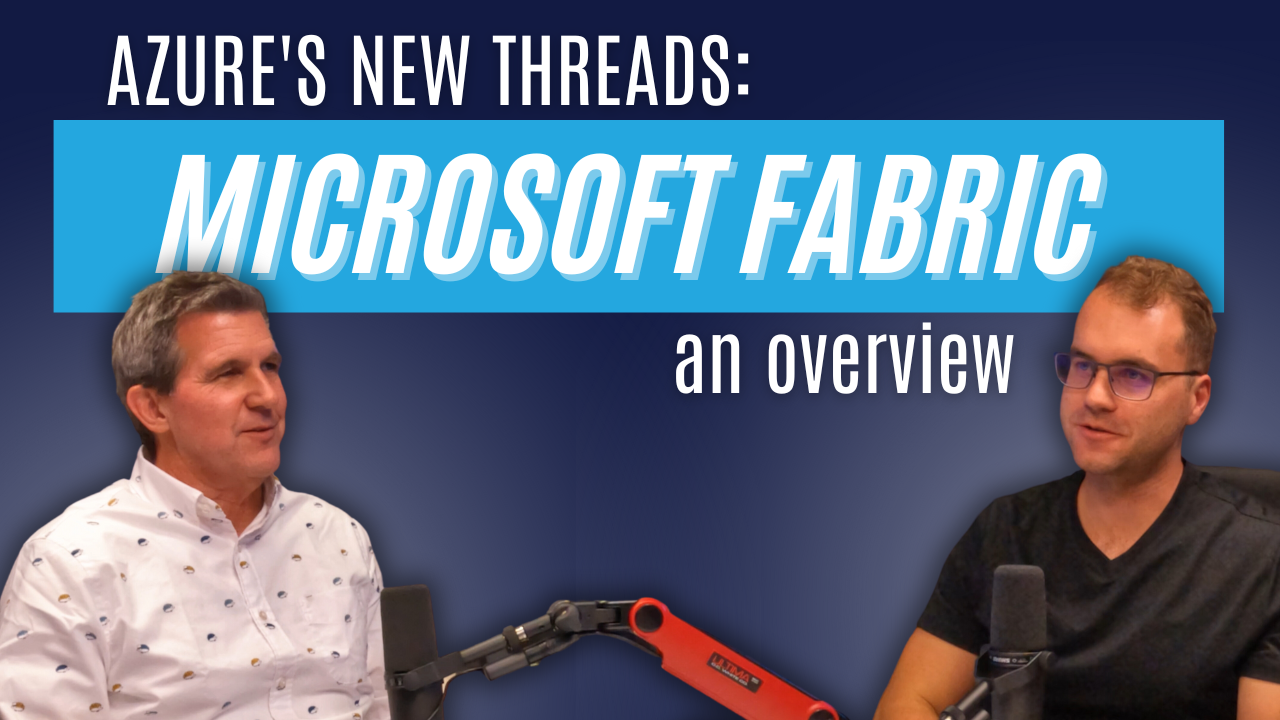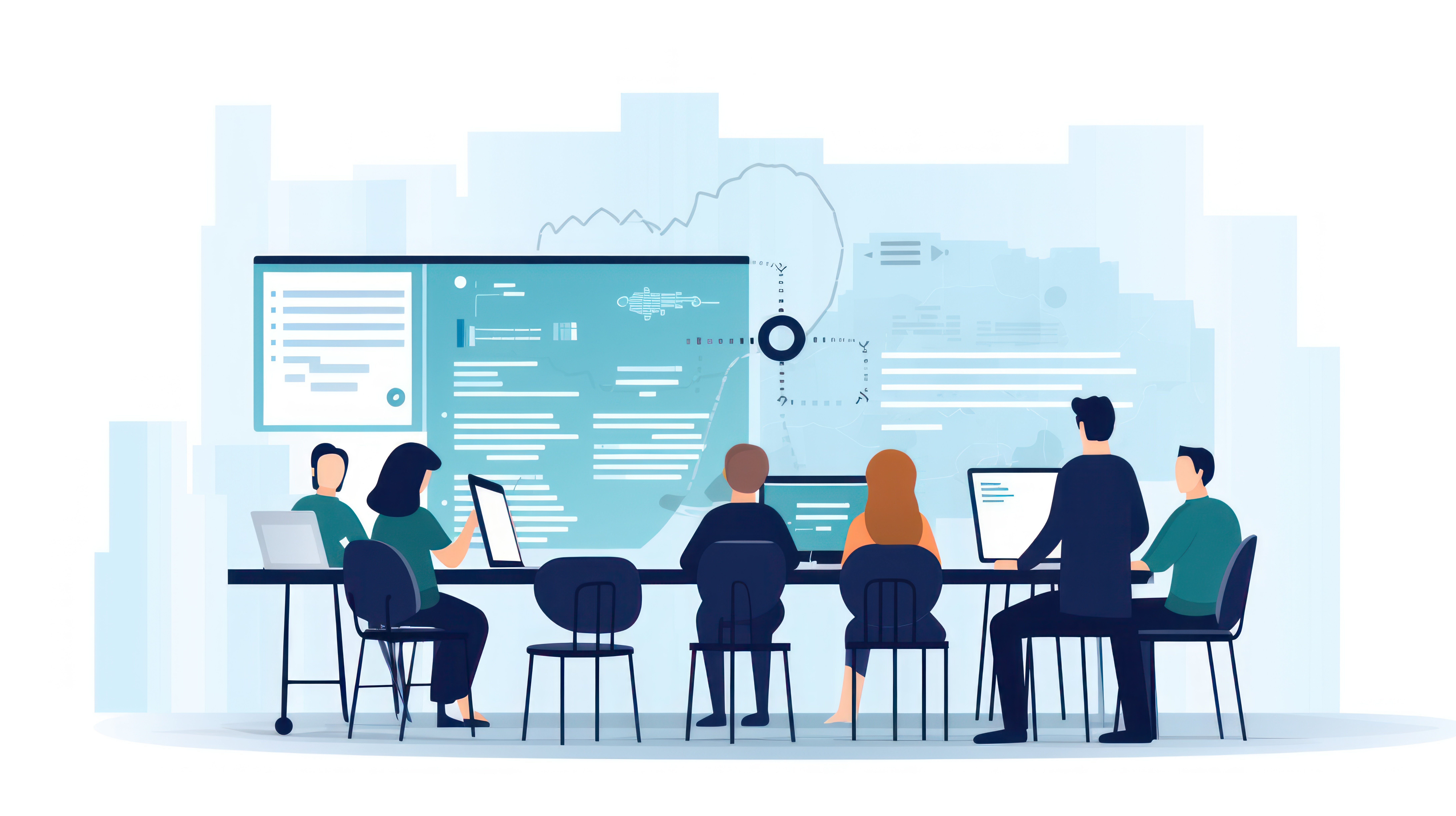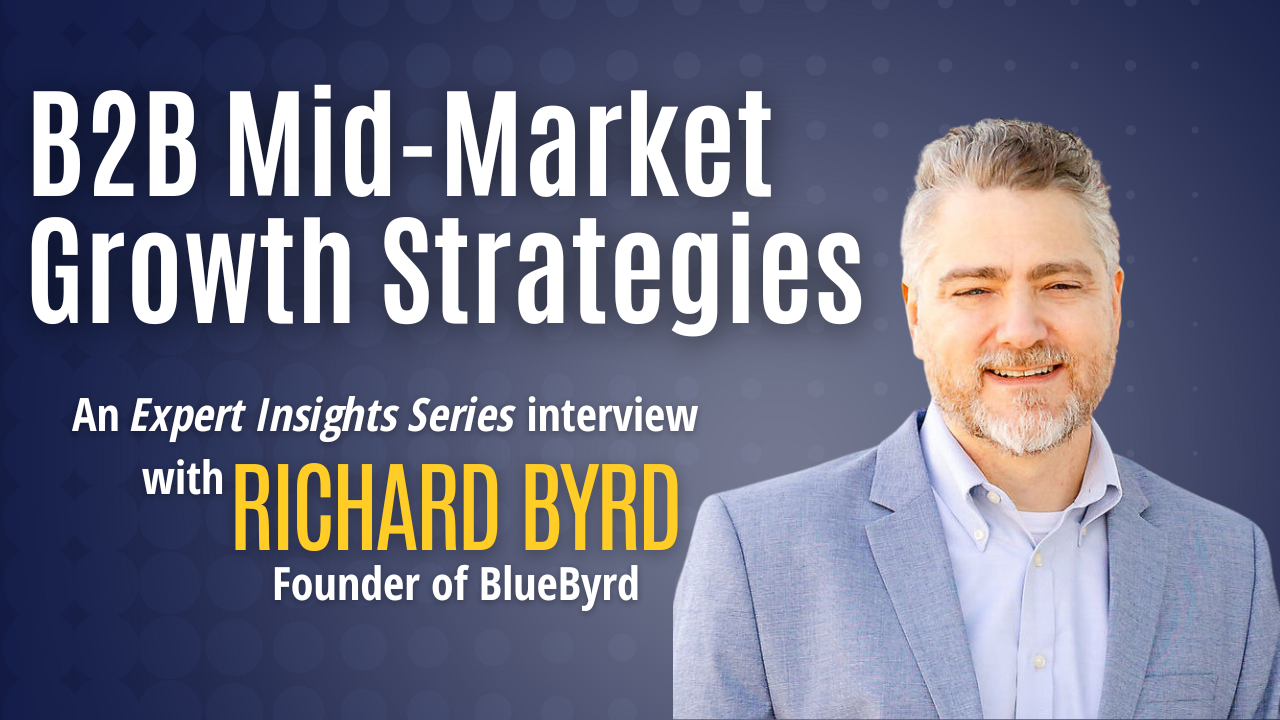On a recent episode of our podcast, The Dashboard Effect, Brick and Caleb provided a helpful overview of Microsoft Fabric. If you're not familiar, Fabric is a robust all-in-one data platform, part of the Microsoft Azure ecosystem, which launched in public beta earlier this year.
Key points are outlined below, but you can watch or listen to the full episode for more details.
What is Microsoft Fabric?
Fabric isn't just a new name; it's a comprehensive platform that brings together all the elements you need for a modern data environment. It’s the evolution of what used to be known as Azure Synapse. Fabric encompasses data lakes, data engineering, Power BI, and even machine learning capabilities.
Data Engineering
Fabric's approach to data engineering is termed a 'Data Lakehouse.' It's the single repository where your data lands, gets cleansed, and undergoes transformations. Forget the traditional SQL Server; Microsoft is moving towards housing all data in this new format as part of the higher goal to streamline your data environment.
Want to learn more about a data lakehouse and how it differs from a traditional data warehouse? Read more here: Data Lake vs Data Lakehouse vs Data Warehouse.
Power BI Integration
Within Fabric, Power BI reporting has become seamless. Once a standalone tool, Power BI is now an integrated part of the Fabric ecosystem where it offers real-time data modeling capabilities and even allows you to write DAX scripts within the platform. This integration allows your data to stay within your data lakehouse while Power BI transacts against it—enabling incredibly fast updates and report performance.
Machine Learning and Data Science
One of the more exciting advances with Fabric is its readiness for machine learning. Predictive analysis, such as that used in customer churn models, is no longer a task reserved for data scientists. It's become incredibly accessible, allowing businesses to take full advantage of predictive analytics without steep learning curves.
Why You Should Pay Attention
Microsoft Fabric is not just another platform; it's a revolutionary advance in data management. It not only simplifies and integrates complex processes but also opens doors for advancements in AI technologies. As Microsoft aptly put it, "Data is the fuel that powers AI," and Fabric is positioned to be the conduit for that data.
Engage with us for more insights into leveraging Microsoft Fabric to its fullest potential: subscribe to our podcast, The Dashboard Effect, for weekly episodes and reach out for an introduction to our team. We're here to guide you through this evolving landscape and to advance the way you’re managing your data.



/02-BMI-Team/02a-Current-Team/Katie%20Johnson%20-%20Professional.jpg)


